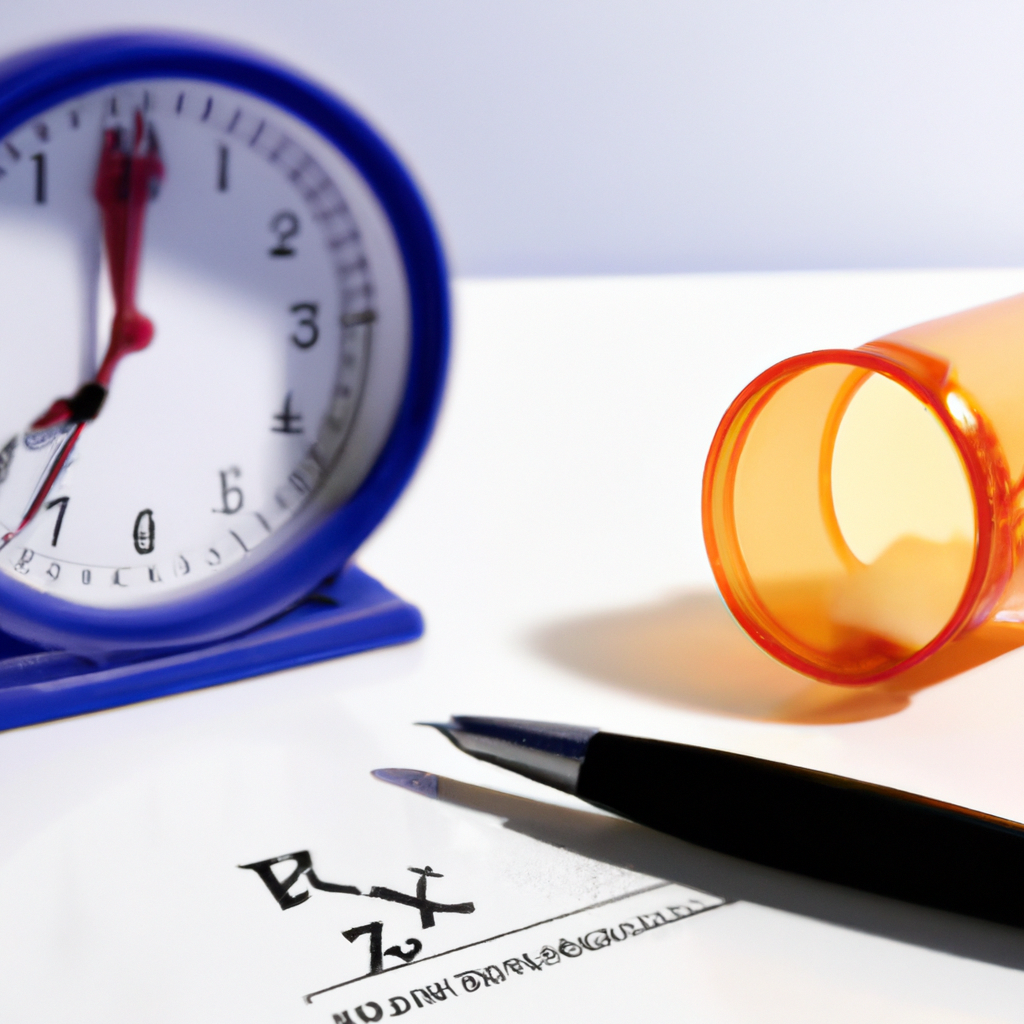A recent study published in the Annals of Internal Medicine indicates a rising trend in the number of individuals without diabetes being prescribed GLP-1 medications, while prescriptions for those with diabetes are on the decline. Researchers warn that this shift may lead to potential shortages of these vital treatments.
GLP-1 drugs, initially approved for the treatment of type 2 diabetes, function by mimicking a hormone that helps regulate blood sugar levels and suppress appetite. The landscape changed in 2021 when the FDA approved Wegovy, a GLP-1 treatment, specifically for weight loss. This approval has led to increasing demand for medications in this class, including Zepbound, Mounjaro, Wegovy, and Ozempic, which has outpaced production efforts by manufacturers Novo Nordisk and Eli Lilly.
The team from Cedars-Sinai Medical Center and other institutions reviewed the medical records of 45 million Americans who visited a doctor between 2011 and 2023. They discovered that the percentage of new GLP-1 users with type 2 diabetes decreased from nearly 90% to over 70% from 2019 to 2023. Concurrently, the proportion of new users without type 2 diabetes rose from 10% to 25%.
Yee Hui Yeo, co-first author of the study, highlighted that this trend reflects a growing recognition among healthcare providers about the benefits of these drugs in treating obesity, which poses significant public health implications. However, the study also raises alarms regarding the potential for medication shortages and the critical need to ensure diabetes patients maintain access to these treatments.
The research utilized data from TriNetX, a healthcare software company, although it may not represent the national landscape comprehensively. Over the past few years, GLP-1 medications have surged in popularity due to their appetite-suppressing effects, with users reportedly losing up to 26% of their weight.
The remarkable sales growth of these drugs has transformed Eli Lilly and Novo Nordisk into leading pharmaceutical companies globally. Nonetheless, the increased demand has made it challenging for some patients to obtain their prescriptions. Both companies have committed billions to enhance their production capabilities.
Morgan Stanley analysts project that the global market for these medications could reach $105 billion by 2030, with expectations that around 31.5 million people in the U.S.—approximately 9% of the population—will adopt these drugs by 2035.
